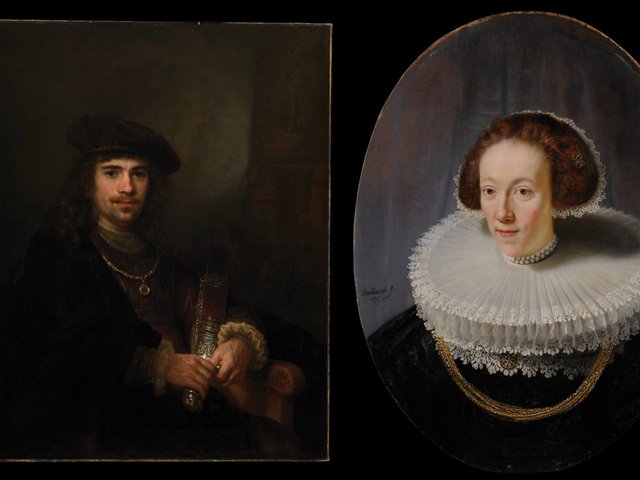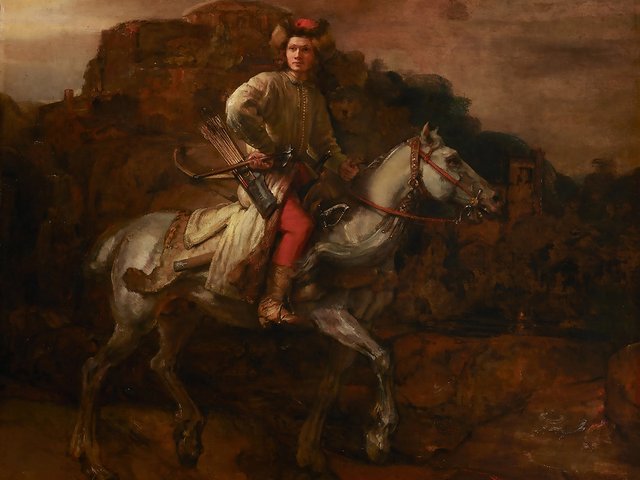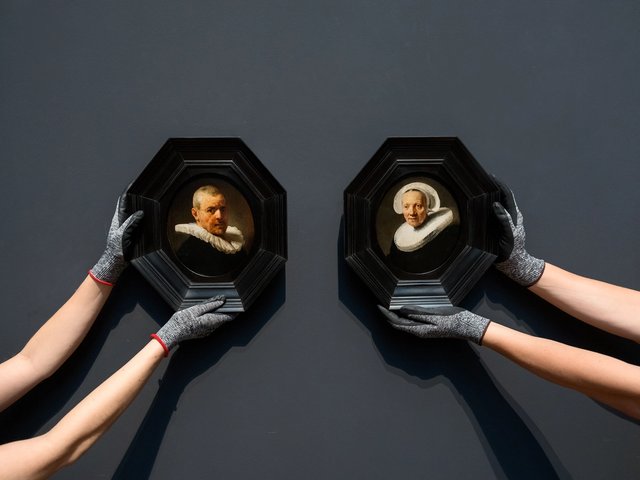Just over 50 years ago, the Allentown Art Museum in Pennsylvania suffered a blow when the Rembrandt Research Project, an arbiter of what paintings can be firmly attributed to the artist, ruled that its 1632 Portrait of a Young Woman was probably a product of Rembrandt’s studio rather than the master himself.
Now, museumgoers can witness the painting’s triumphant return to glory after a two-year conservation process that established that the portrait is indeed by the artist. Rembrandt Revealed, an exhibition that opened at the museum on Sunday, charts the process that led the Dutch-led Rembrandt Research Project to deattribute the painting in 1970 and the painstaking steps that led American conservators to illuminate crucial details and ultimately reject that verdict.
“It’s very exciting,” says Elaine Mehalakes, the Allentown museum’s vice president of curatorial affairs, who organised the show. “It was a painting that had been in good standing for three centuries, and this is really a reassertion of the attribution.”
The reversal came about through an analysis and cleaning of the oval oil-on-panel painting at the Conservation Center of the Institute of Fine Arts at New York University. Using the latest in analytical techniques including digital X-radiography, infrared reflectography and cross-section micrography, the conservator Shan Kuang uncovered Rembrandt’s characteristic fleet and confident brush strokes under repeated coats of varnish—at one point literally poured onto the panel, resulting in drip marks—and the overpainting of the sitter’s costume in later years. Cleaning then led to the unveiling of subtle alternating colours, vivid brush strokes defining the young woman’s right sleeve and pictorial details like the sheen of her jewellery.
Mehalakes says the painting, one of Rembrandt's very early portraits, appears to be a tronie, or experimental oil sketch of an unidentified sitter, rather than a commissioned work. “Therefore it was less finished,” she says. “Rembrandt used very thin black and red lake pigments.” Later, “there were efforts to make it appear as a more finished portrait.”
Kuang, she says, has speculated that the overpainting may have been executed as far back as the 18th century, when the work was in the collection of the duke of Orléans in France. There, it had been paired with another 1632 painting by Rembrandt, Self-Portrait as a Burgher, now in the Burrell Collection in Glasgow. A tapestry from 1779 copying Portrait of a Young Woman and an engraving modelled after the work from roughly the same era suggests that the overpainting had already been carried out by then.
The portrait entered the Allentown museum’s collection in 1961 through a donation from the Samuel H. Kress Foundation, whose founder had acquired the painting in 1928 and which finances NYU’s conservation of onetime Kress works.
While the woman’s face had not been overpainted, Mehalakes says, the thickness and degradation of the repeated coats of varnish applied over the centuries had flattened her features and colouring, one of the factors that led to the Rembrandt Research Project’s deattribution.
“The skin tone had yellowed because of the varnish,” she says. After removal of the varnish, “the skin has a freshness to it and the colours are cooler”—and “now there a glow above her shoulders and a sense of recession in the background, a 3-D effect” characteristic of Rembrandt.
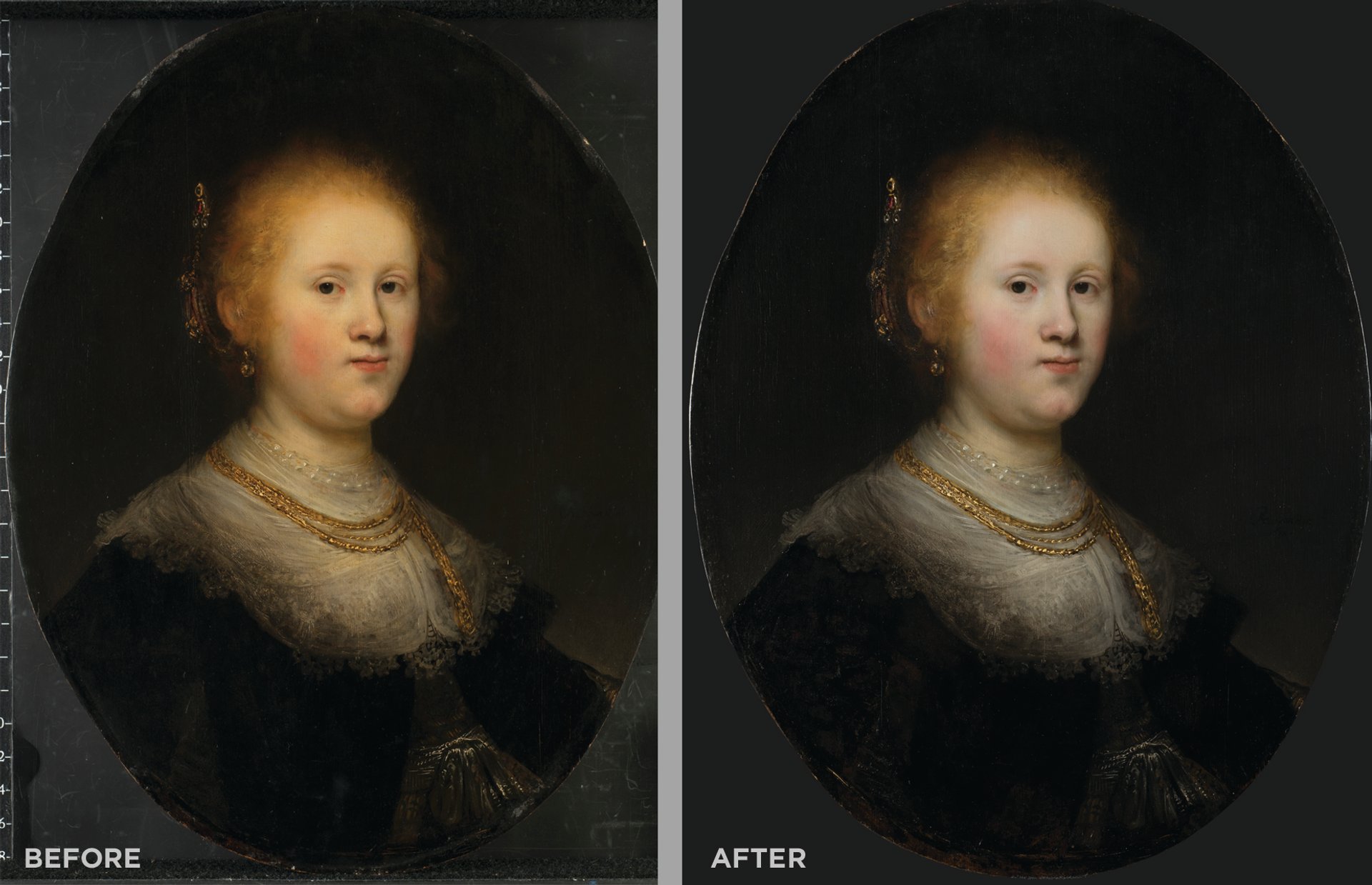
Rembrandt's Portrait of a Young Woman, 1632, before after after conservation Courtesy of the Allentown Art Museum
Another objection of the Rembrandt Research Project had been a lack of clarity in the depiction of the woman’s clothing, including her black coat. After determining what was original and what was added later, conservators removed the overpainting, revealing the artist’s rapid and distinctive brushwork in the sleeve and other areas.
Similarly, the cleaning of the painting revealed that the young woman is wearing two layers of lace collars, whereas before that section was muddied, the curator adds, and the jewellery appears in the more lustrous detail associated with Rembrandt.
The identity of the sitter remains a mystery: Rembrandt painted the portrait shortly after he moved to Amsterdam from Leiden, and theories abound on whom she might have been. Mehalakes says the proposals range from Rembrandt’s sister back in Leiden to his future wife Saskia to Maria van Eyck, the wife of the artist Hendrick Uylenburgh, in whose studio Rembrandt had begun working in Amsterdam. The exhibition notes that a small group of Rembrandt paintings from this year feature the same woman, including Young Girl in a Gold-Trimmed Cloak from the Leiden Collection and Young Woman in Profile at the National Museum of Sweden.
Buttressing the renewed attribution, the technical analysis of the painting has also made clear that Rembrandt’s signature on the work was part of the original paint layer, derailing theories that it was added later. The exhibition points out that the signature, “RHL van Rijn”, seen in black to the right of the sitter’s shoulder, appears only on works made in 1632. (The R stands for the artist’s name, Harmensz refers to his father, Leiden is the city in which he was born, van means “from” and Rijn is where his father owned a mill.)
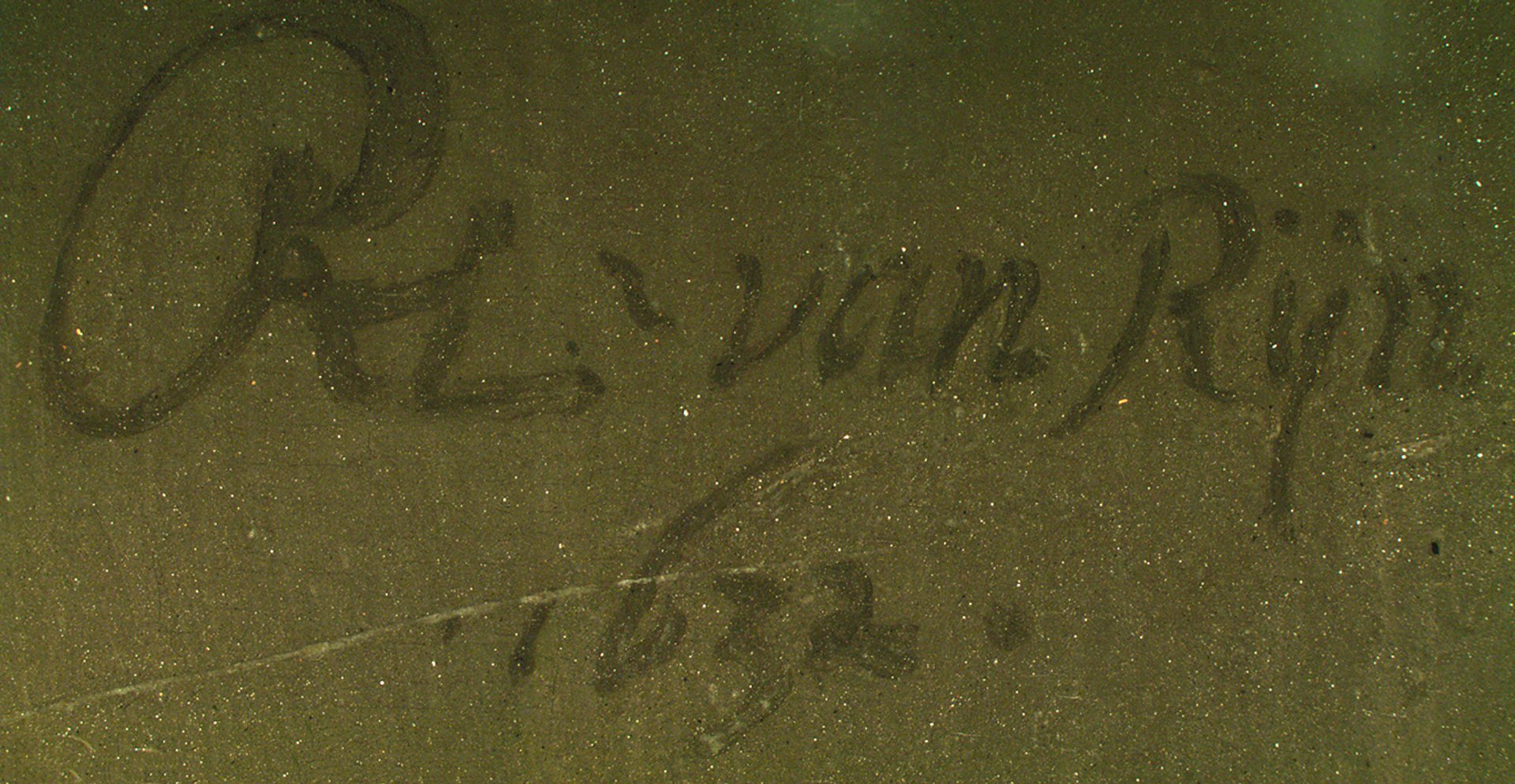
Rembrandt's signature in black paint from 1632 Courtesy of the Allentown Art Museum
Mehalakes notes that the Rembrandt Research Project, whose work on authenticating a corpus of the master’s work unfolded from 1968 to 2012, had no modern technical analysis to draw upon in rejecting the attribution of the portrait. The only technical image on which it relied was an X-radiograph from the late 1920s that was taken when the panel was attached to a wooden cradle to stabilise it: the thickness of the cradle interfered with the clarity of the image, making it difficult to analyse how paint had been applied.
“It’s an evolving process and we’re always learning new things,” the curator says of the advanced technology and conservation techniques. “There’s a feeling of wonder when you can see it with a fresh eye.”
Discarding an ornately carved gilt 19th-century frame that had “kind of overwhelmed the painting”, Mehalakes says, organisers are displaying it in a freshly commissioned octagonal black frame similar to what would have been used for an oval portrait in the Netherlands in the 17th century.
Rembrandt Revealed, through 2 May, Allentown Art Museum, Pennsylvania



